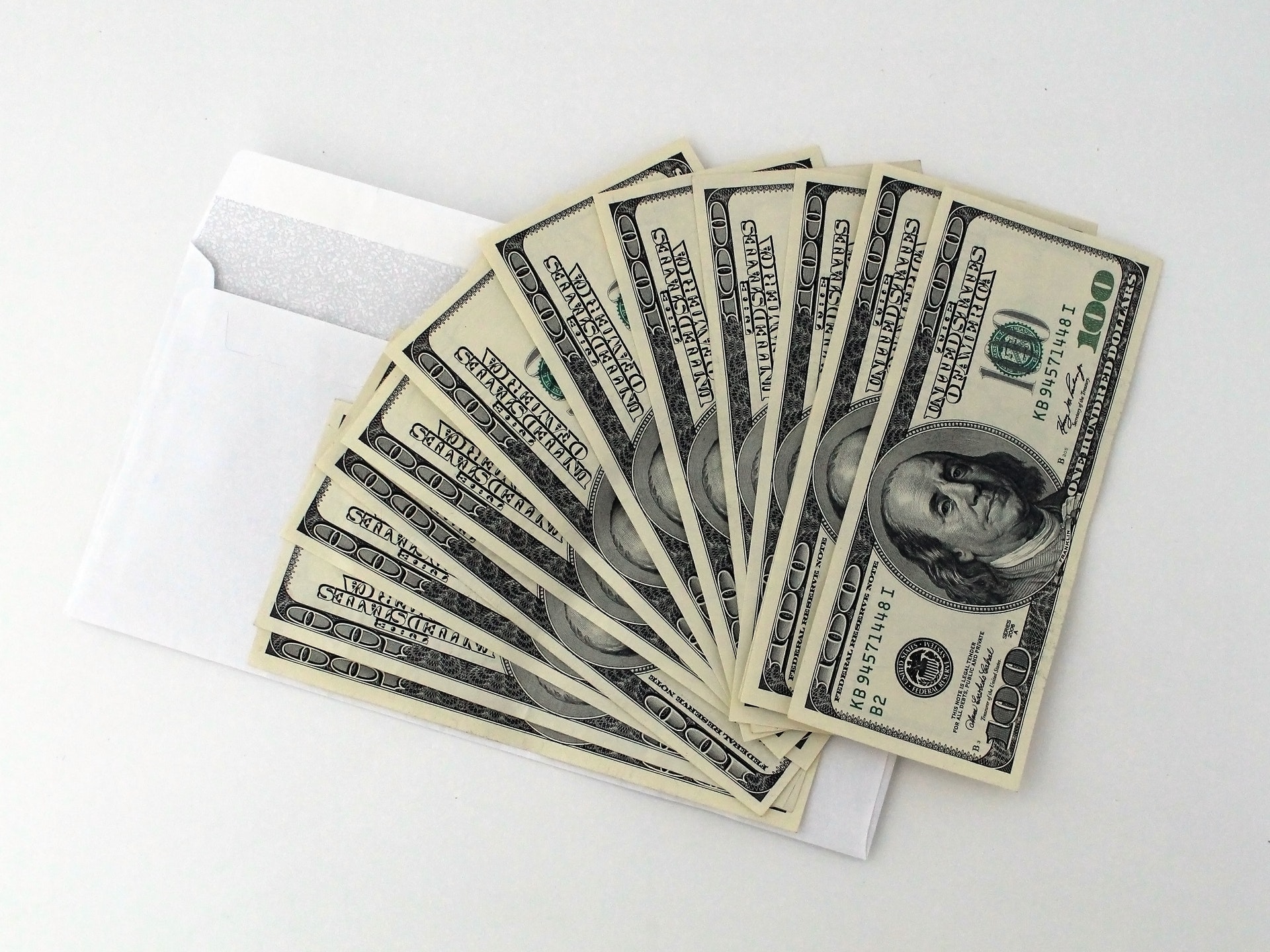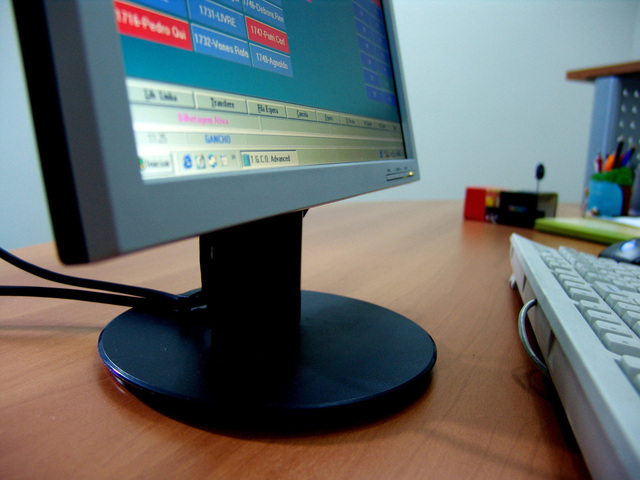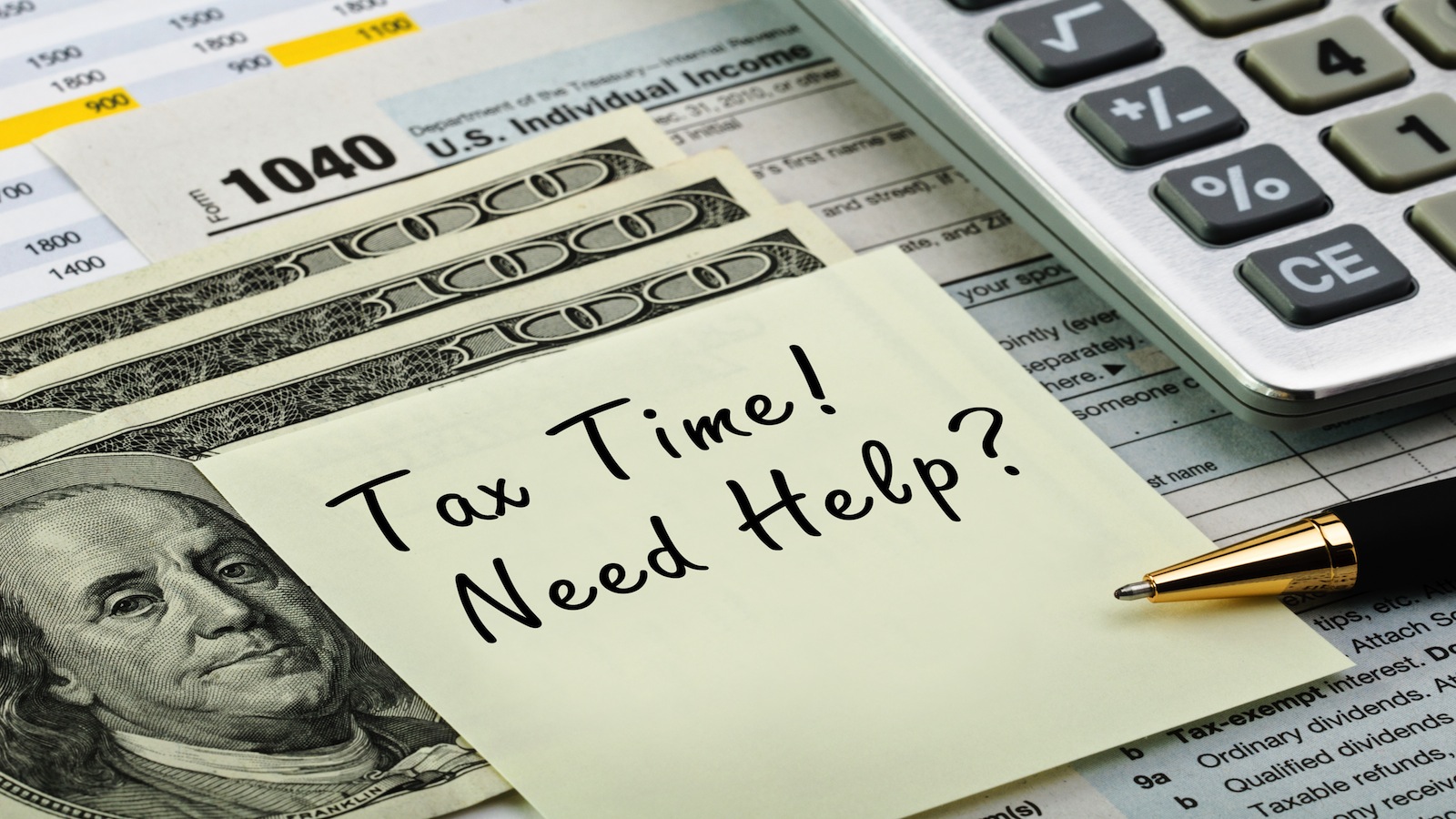
It’s that time of the year again! The leaves turn colors and the nights cool off, Christmas is right around the corner. Before the 4th quarter 2017 slips away and you begin hearing the tune Auld Lang Syne, you still have time to make some wise end-of-year money moves to set you up for a strong 2018.
The following checklist will be broken down into several different financial categories to help you quickly determine what activities you need to complete and which ones have already been taken care of.

Saving Money
This first section of your 4th Quarter 2017 End-of-Year Checklist will focus on saving money. Money saved today means more money you can use in the future to pay your bills, go on vacation, “splurge” on an impulse purchase, or even retire early.
Here the three items that will be discussed:
- Saving for an emergency
- Calculate your net worth
- Make new savings goals
Saving For An Emergency and Unexpected Bills
Just as you don’t want to Christmas to surprise you because you didn’t plan for it, these final few months can be a good time to prepare for the worst (financially). While you will hopefully not experience an emergency or sudden job loss, you need to be like the squirrel stashing away acorns for the winter.
Studies are always released stating that approximately 75% of Americans couldn’t afford a large, unexpected expense without borrowing money. So you can be one of the 25% that can afford that surprise bill (which will eventually happen to all of us), you need to build an emergency fund.
Here are a few tips to help you get started:
- Open an online bank account
- Schedule a monthly contribution of at least $50
- Continue to contribute until you have at least 3-6 months of living expenses in your emergency fund
Opening an account that is hard to access will resist the temptation to use your emergency fund to pay your monthly bills. And, online accounts also earn more interest near 1% compared to a traditional brick-and-mortar bank that might pay 0.10% for a savings account.
Why do you need at least three months of livings expenses saved?
In case you lose your job, it can take up to three months to find a new job with a replaceable income. Until you can find a new job, or, lower your monthly expenses to complement your new income, you will need to use your emergency fund to make ends meet.
You also need to take natural disasters into account. With millions of Americans affected by Hurricanes Harvey and Maria plus the historic wildfires in the western U.S., the last half of 2017 has brought upheaval to many households. Until you can find new housing, replace your belongings, and receive any flood insurance claims, you may have to rely on your own personal savings until financial aid arrives.
Determine Your Net Worth
How much are you worth? If you don’t know the answer to that question, it only takes a few minutes to find out.
Personal Capital is a free financial app that lets you quickly to determine your household net worth as you can link your bank accounts, investment accounts, and tangible assets like your house and automobiles. In addition to letting you track your net worth, you can also use Personal Capital to create savings goals, monitor your spending, and even manage your investments.
Looking at your net worth at least once a year only takes a few minutes. This activity can help you quickly determine if you are accomplishing your savings goals.
Make New Savings Goals
After determining if you are satisfied with the current levels of your emergency fund and net worth, the next step you need to take is making new savings goals for 2018 Why should you make your goals in the fall of 2017 instead of waiting to make a New Year’s Resolution?
The sooner you begin saving the better. By making your new goals before the Thanksgiving and Christmas rush begins, and not to mention having to pay the credit card bills in January, it might not be until February before you actually sit down and make your new goals. In a way, you can say the early bird gets the worm.
Here are some savings goals you might make:
- Save at least $50 each month for your emergency fund
- Contribute at least 15% of your pre-tax salary to a retirement account
- Invest extra money because your emergency fund is fully funded
- Save $100 a month for vacation so you don’t have to borrow money for the first time ever!
Make sure your savings goals are specific, have a purpose, and are challenging yet achievable.

Debt
The second section of the checklist is to evaluate your current debt situation. If you currently carry no debt, congratulations, you can rest easy or prepare for any money you might have to borrow in the near future.
Here are the following topics that were within the debt category:
- Make a debt repayment plan
- Avoid further debt
- Plan for future borrowing to reduce the amount you need to borrow
Pay The Most Expensive Interest Rate First
If you have more than one type of loan, you need a debt repayment strategy like the debt snowball or debt avalanche.
To get started, here’s what you need to do:
- Make a list of your loans and include the interest rate
- Focus on the loans with the highest interest rate first
- Pay the minimum monthly payment on your other loans and make extra payments on the loan with the highest interest rate
Attacking the loan with the highest interest rate means you will pay less than interest overall. For example, if you have any unpaid credit card balances, you will want to pay those balances first because the interest rate is most likely between 15% and 25%, which can be double or quadruple the interest rate of your next most expense loan.
Making extra monthly payments can save you thousands of dollars in interest over the life of a loan. The sooner you begin making extra payments, the more money you save!
Use Cash or Debit For Your Current Purchases
To avoid going further into debt and potentially damaging your credit score, you might decide to only make purchases with cash or a debit card. Paying for your purchases on the spot means you will not “max out” a credit card and be unable to pay your bill. Or, having to divert money that is currently slotted to be your extra monthly payment to pay your monthly bills this time becuase you overspent.
Plan For Future Loans and Expenses
This point might appear to overlap the idea of making savings goals in the previous section, but, sometimes you can take action now to reduce the amount you will need to borrow in the future. A prime example is saving for college by taking measures as mentioned below:
- Submit the 2018-19 FAFSA as close to October 1, 2017, as possible
- Apply for scholarships and grants
- Contribute to a 529 savings plan
- Set money aside for a down payment to have a smaller loan based on projected expenses
By knowing that you will need to borrow money in the near future, you can create a savings goal to help reduce the amount you will need to borrow. Of course, you may have to focus on paying your current loans first, before you can begin thinking about saving for the next time you need a loan.
Investing
The third section will focus on investing which is one of the few ways you can earn enough passive income to outpace inflation.
Here are the three items to consider:
- Start investing
- Max out your employer 401k match
- Rebalance your portfolio
Open An Investing Account With Only $1
If you have never invested before in your life because you don’t understand how stocks work, you can get started with a true, 100% “hands-off” advisor. While there are many different brokerages to choose from, one of the most popular is Betterment because you can start investing with $1 and they make all the investment decisions for you. All you have to do is tell them how much to invest each month, your age, and your goals for investment and retirement.
Betterment also has an easy-to-use platform and many helpful resources for beginner investors. If you know you need to be investing, but, don’t know how to start, now’s the time. And it doesn’t get any easier.
Meet Your Employer 401k Match
Money does grow on trees if your employer offers a 401k match. Yes, you need to show up for work each day and contribute a certain percentage of your paycheck, but, you also enjoy a benefit that other working households cannot access because they are either self-employed or do not work for an employer with a 401k plan.
If your employer is offering “free money” in the form of 401k contributions, contribute the minimum each month to get the free money. You might have to contribute 6% of your salary to earn the full monthly match, but, your wallet will thank you in retirement as that money earns compound interest. The additional employer contributions might even make it possible to retire early!
Even if managing stock or mutual funds isn’t your cup of tea, many 401k plans also offer a management service for about 0.50% annually. Having this extra set of eyes on your portfolio can ensure your 401k remains well-diversified and you earn the most passive income possible. Or, you can also invest in a target date retirement fund which will gradually shift from a stock-heavy portfolio to a balanced portfolio as you approach your projected year of retirement.
Rebalance Your Portfolio
You also need to rebalance your investment portfolio once a year to ensure you maintain proper diversification so your portfolio does not become too risky or conservative. For example, tech stocks have had excellent returns in 2017 and have probably appreciated more than your other investments. If the tech boom suddenly ends, you don’t want all those gains to be lost and drag the total value of your portfolio down. By periodically selling a portion of your best-performing assets and reinvesting the proceeds into other funds helps ensure proper diversification.
If you use a robo-advisor, most platforms include rebalancing for free and will usually rebalance your portfolio with each monthly contribution. To avoid selling assets and thus increasing your capital gains tax burden, they will buy more underperforming assets than usual to offset the gains in other fund categories to keep your portfolio balanced.
Taxes
There are two different actions to employ in this final section of your personal checklist:
- Tax-advantaged investments
- Tracking taxable deductions
Make tax-advantaged investments
You technically have until April 18th, 2018, to complete this task. You have three different ways to make tax-advantaged investments:
- Contribute $5,500 cumulative to a Roth IRA (post-tax)
- Contribute $5,500 cumulative to a Traditional IRA (pre-tax)
- Allocate $18,000 cumulative to your 401k plan (pre-tax and post-tax and must be made before December 31, 2017)
You have until April 18, 2018, to “max out” your personal IRA plans and until December 31, 2017, to contribute up to $17,000 into your workplace 401k plan. This money is inaccessible until your retire or turn 59 1/2 years old, but, it’s an easy way to save for retirement and lower your tax bill while investing.
Traditional 401k and IRA contributions will lower your taxable income for the current tax year. You won’t have to pay any annual investment taxes on interest earned, but, you will need to pay a tax on the gains when you finally withdraw the money in retirement.
Roth 401k and IRA contributions won’t lower your taxable income for this year, but, you will never have to pay a tax on the money again!
Track Your Itemized Deductions
If you can itemize your federal or state tax return, you can reduce your tax bill as well.
If you don’t keep a running tally of your itemized deductions through the year like charitable contributions, paid home mortgage interest, state and local income taxes, and select medical and dental expenses, nows the time to calculate.
To itemize your 2017 taxes, you need to have more than $6,350 in deductions as a single filer and $12,700 if you are married, filing jointly. By tracking your expenses you can see if you are only a few hundred dollars short of qualifying to itemize. Making an additional contribution can be well worth it as opposed to claiming the standard deduction.
Summary
There you have it! While you might think that January 2018 is the best time to rearrange your finances as you can “get a fresh start” with a new year, now, can actually be a better time. The sooner you begin making sounder financial decisions, the sooner your money can begin working harder for you to accomplish your goals much sooner!
What financial goal from this checklist do you want to accomplish first?

